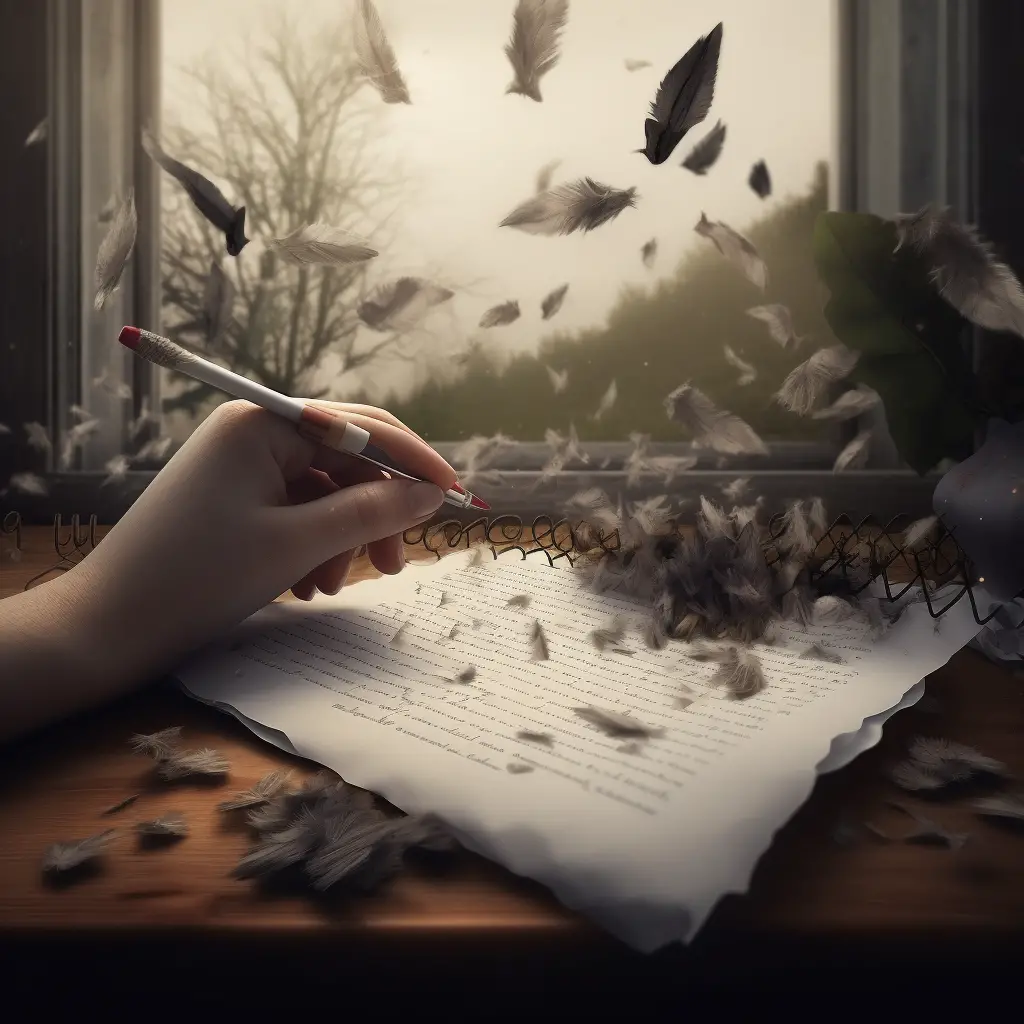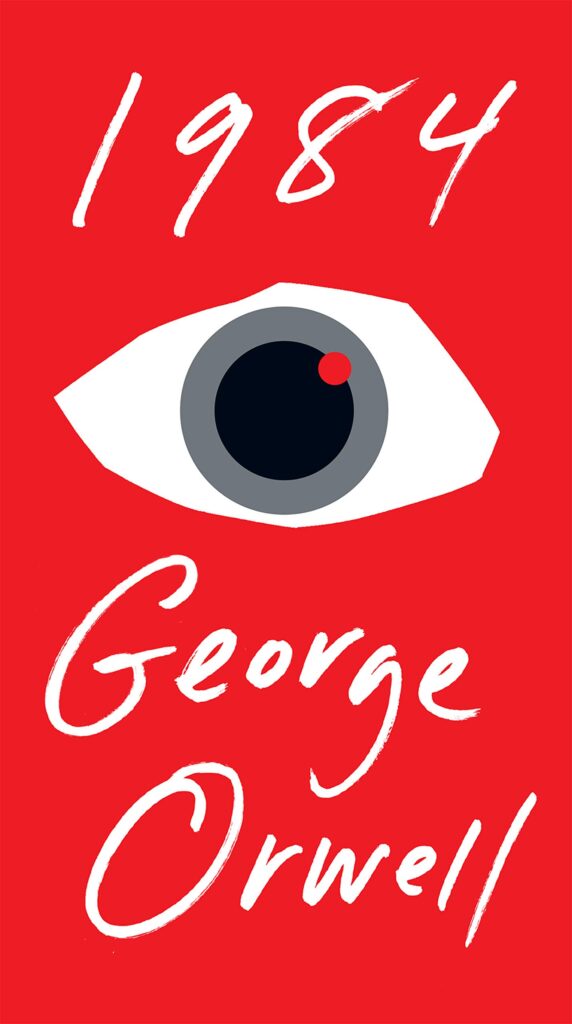
Repetition, or epistrophe, is when you use the same words or phrases more than once in your writing. It can be used to emphasize certain points or ideas, but it can also get really annoying, really quickly. So use it sparingly, or you risk making your reader want to hit the ‘skip‘ button. A famous example is the ‘roses are red, violets are blue‘ of the classic Valentine‘s Day poem.
The Purpose of Repetition in Writing
Repetition serves various functions in writing. It can be the salt in the soup, the cherry on top, or the annoying fly buzzing around the reader’s head. Let’s explore some of the key reasons why writers choose to use repetition:
Emphasis on a Point
Sometimes, a point is so important that it deserves a bit of extra attention. Repetition can help drive home the point and make sure it sticks in the reader’s mind like gum on a shoe.
Establishing Rhythm and Flow
Repetition can help create a sense of rhythm and flow in writing, much like the steady beat of a drum in a song. It can make the words dance on the page and keep the reader engaged.
Setting a Mood or Tone
Repeating words or phrases can also help to set a particular mood or tone. Like a foghorn in the distance, repetition can evoke feelings of suspense, anticipation, or even unease.
Unifying Ideas
Repetition can serve as a thread that ties together different ideas or themes in a piece of writing. It can be the glue that holds the entire piece together, providing a sense of cohesion and unity.
Types of Repetition
Repetition comes in many flavors, each with its unique taste. Here are a few types of repetition that writers often use:
Anaphora
Anaphora is the repetition of a word or phrase at the beginning of consecutive clauses or sentences. It can make a point resonate like the sound of a gong, echoing through the reader’s mind. For example:
To survive, they needed food. To survive, they needed water. To survive, they needed shelter.
Epiphora
Epiphora, also known as epistrophe, is the repetition of a word or phrase at the end of consecutive clauses or sentences. It’s like a drum roll leading to a big finale. For example:
He wanted to go on an adventure, but fear held him back. He wanted to chase his dreams, but fear held him back. He wanted to live life to the fullest, but fear held him back.
Alliteration
Alliteration is the repetition of consonant sounds at the beginning of words. It can make a sentence feel as smooth as a river stone or as jagged as a mountain peak. For example:
Silly Sally swiftly shooed seven sneaky snakes.
Assonance
Assonance is the repetition of vowel sounds in words. Like a warm cup of cocoa on a chilly night, it can create a comforting sense of harmony. For example:
The rain in Spain stays mainly in the plain.
Examples of Repetition in Literature
To see how repetition works its magic, let’s dive into some examples from literature:
Example 1: “The Raven” by Edgar Allan Poe
In this classic poem, Poe uses the word “nevermore” as a refrain. The repetition of this word helps to create a haunting, melancholic atmosphere.
“Quoth the Raven, ‘Nevermore.'”
Example 2: “A Tale of Two Cities” by Charles Dickens
In the opening lines of this novel, Dickens uses anaphora to emphasize the contrasts between two cities during a tumultuous time in history:
“It was the best of times, it was the worst of times, it was the age of wisdom, it was the age of foolishness…”
Example 3: “Do Not Go Gentle into That Good Night” by Dylan Thomas
Thomas employs repetition in this poem to create a sense of urgency and defiance:
“Do not go gentle into that good night, Old age should burn and rave at close of day; Rage, rage against the dying of the light.”
How to Create Repetition in Writing
Now that we’ve seen repetition in action, let’s explore some tips for adding a sprinkle of repetition to your own writing:
1. Identify the Purpose
Before using repetition, consider the purpose it will serve. Is it for emphasis, rhythm, mood, or unity? Knowing the purpose will help guide you in choosing the right type of repetition.
2. Keep It Simple
Repetition works best when it’s clear and straightforward. Don’t overcomplicate things or try to be too clever. Simplicity is the key to making repetition effective.
3. Use It Sparingly
Like hot sauce on a taco, a little repetition goes a long way. Too much repetition can become tiresome or annoying to the reader. Use it judiciously to keep the reader engaged and interested.
4. Vary Your Repetition
Mix it up by using different types of repetition throughout your writing. This will keep things fresh and prevent the reader from becoming bored with the same kind of repetition over and over.
5. Revise and Edit
After writing your piece, go back and review your use of repetition. Make sure it’s serving its intended purpose and not detracting from the overall quality of your writing.
In conclusion, repetition can be a powerful tool in a writer’s toolbox when used with care and intention. By understanding its purpose, types, and how to use it effectively, you can create memorable, engaging pieces that resonate with readers. Now, go forth and repeat—just not too much!
If you’re thirsty for more writing knowledge, head over here to learn all 74 literary devices.





